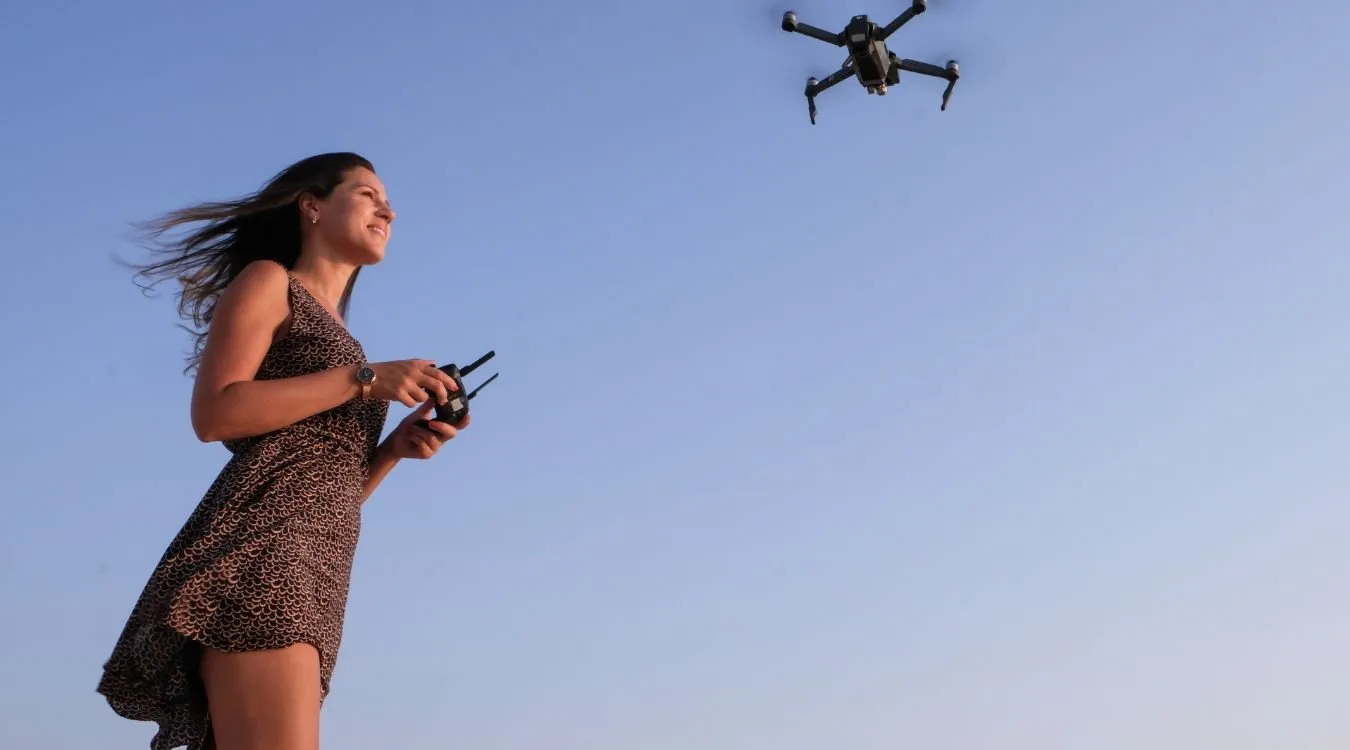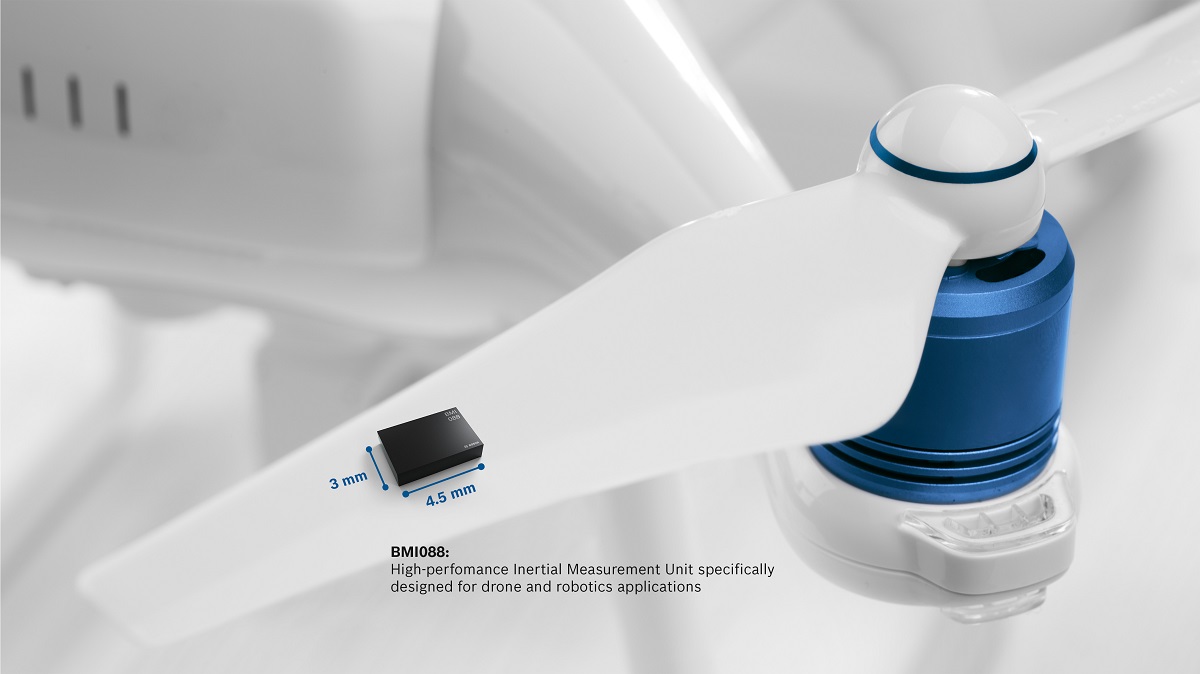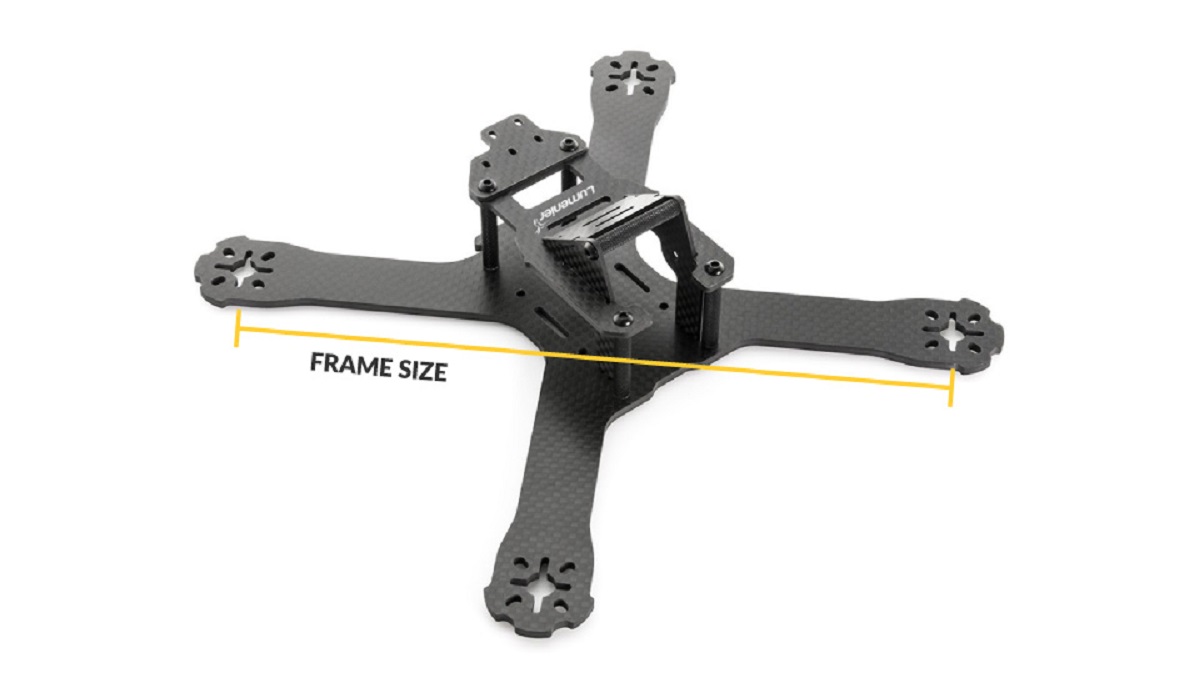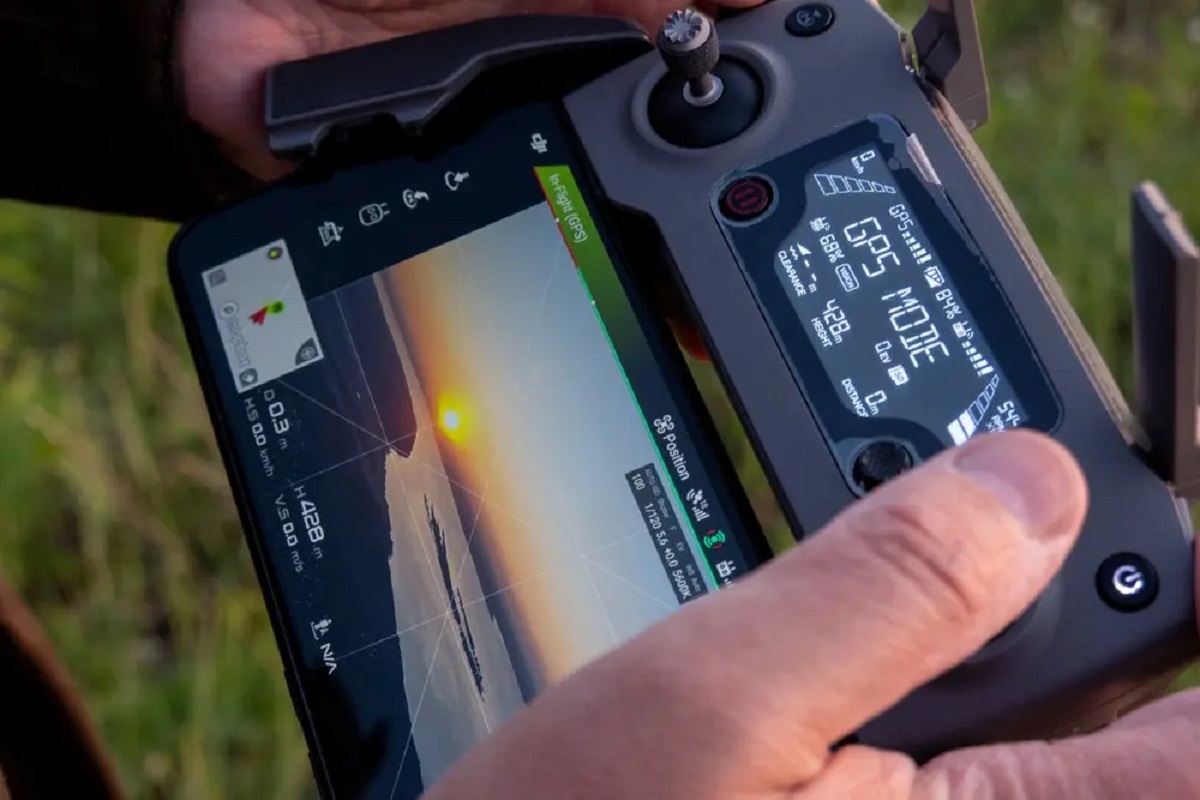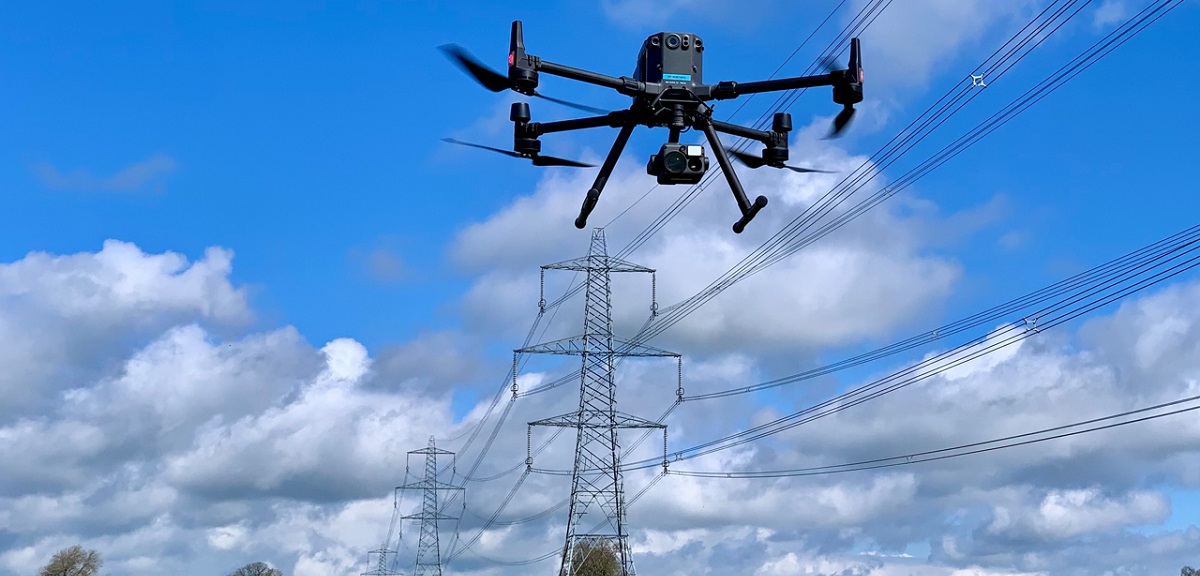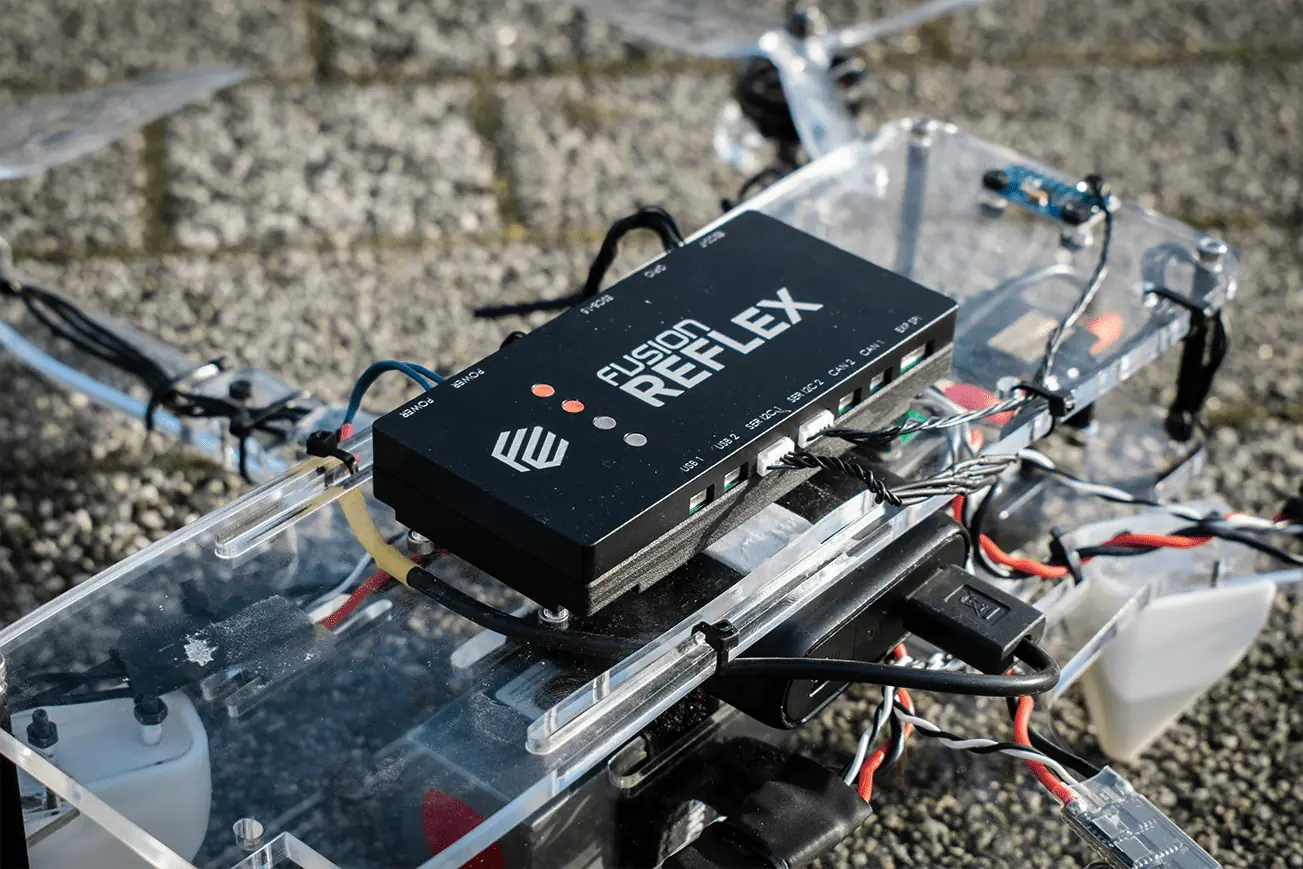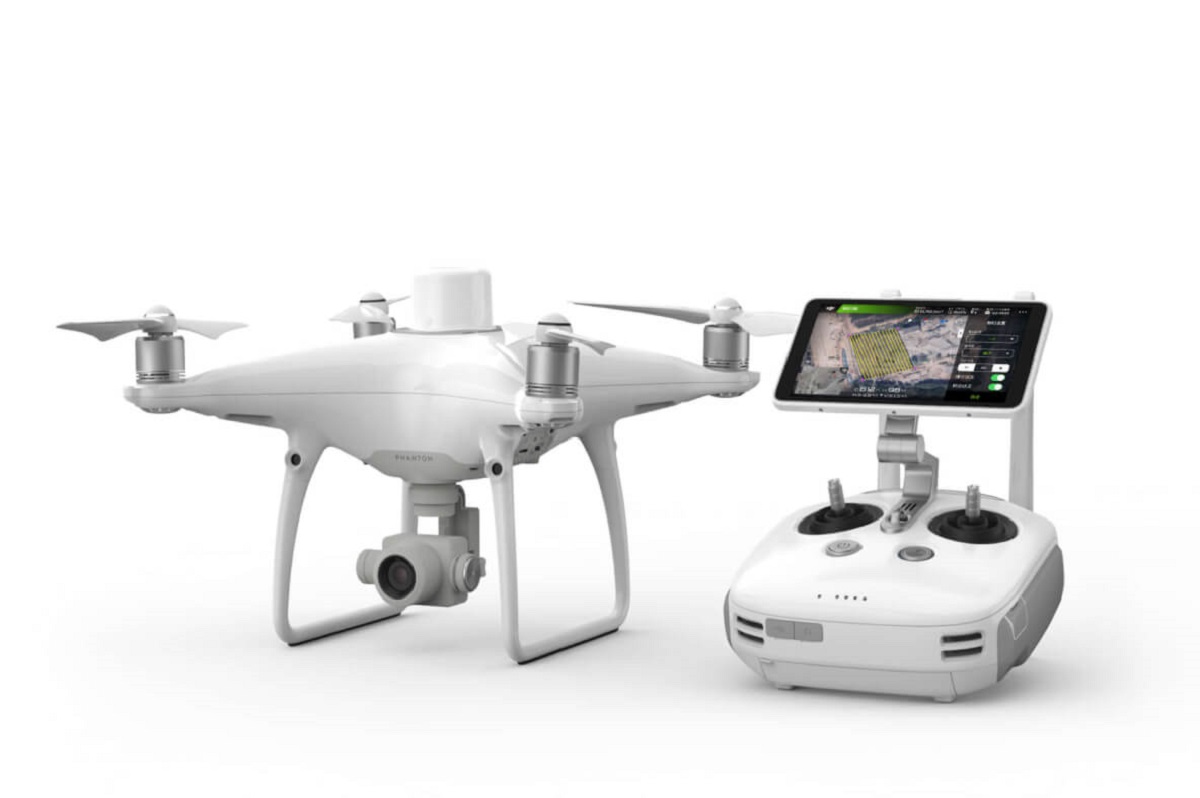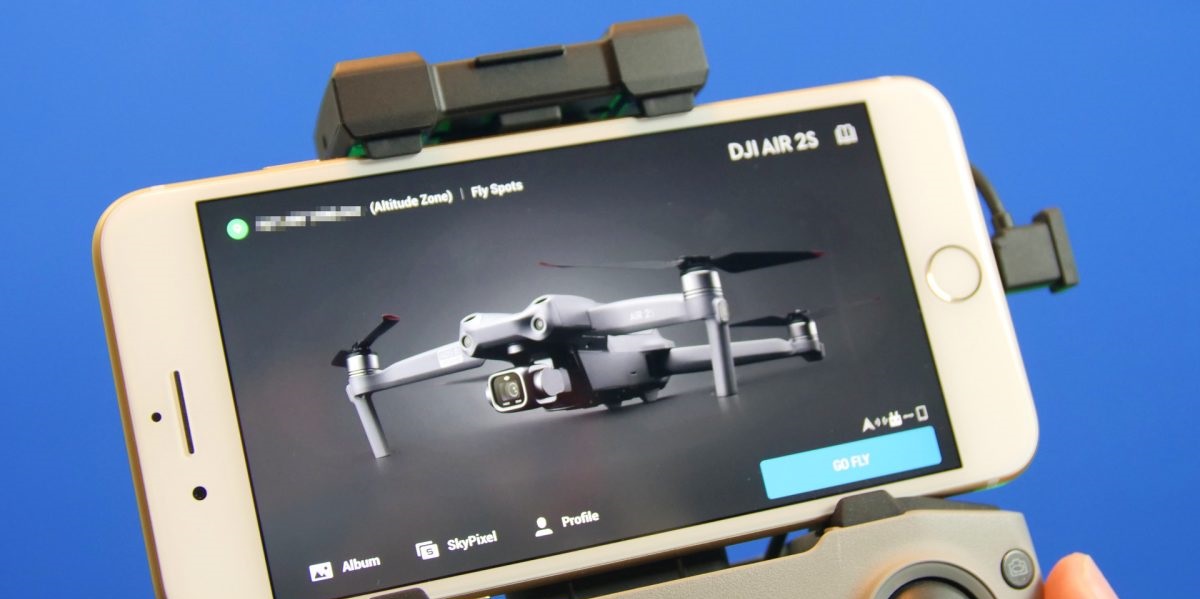Introduction
Welcome to the exciting world of drone flight! As drone technology continues to advance, more and more people are embracing the thrill and practicality that these unmanned aerial vehicles (UAVs) have to offer. Whether you are a hobbyist, a professional photographer, or even a surveyor, understanding the factors that affect drone flight time is crucial in ensuring a successful and efficient flight.
Drone flight time refers to the duration a drone can stay airborne on a single battery charge. It is a critical factor to consider when planning any drone-related activity. From capturing breathtaking aerial shots to completing mapping and inspection tasks, knowing how long your drone can fly will help you optimize your flight plans and achieve your desired objectives.
However, determining drone flight time is not as simple as looking at the battery capacity alone. Several other factors come into play, including battery voltage, current consumption, flight modes, wind conditions, payload, and even battery maintenance. Each of these elements can have a significant impact on the overall flight duration.
By understanding these factors and how they interplay, you can better estimate the flight time of your drone and plan accordingly. In this article, we will delve into each of these aspects and provide you with practical tips on calculating your drone’s flight time.
So, whether you are a seasoned drone pilot looking to maximize your flight duration or a beginner looking to understand the basics, read on to discover the secrets to calculating drone flight time and make the most out of your aerial adventures.
Battery Capacity and Voltage
When it comes to drone flight time, the battery capacity and voltage are crucial factors to consider. The battery capacity is measured in milliampere-hours (mAh) and indicates the amount of charge the battery can hold. Generally, a higher battery capacity translates to longer flight times.
However, it’s not just about the capacity; the voltage of the battery also plays a significant role. Most drones operate on lithium polymer (LiPo) batteries, which typically have a nominal voltage of 3.7 volts per cell. Commercial drones often consist of multiple cells, resulting in higher voltages such as 7.4V or 11.1V.
So, how do battery capacity and voltage affect flight time? It all comes down to power consumption. The drone’s motors, camera, and other components draw power from the battery during flight. The higher the power consumption, the faster the battery drains, reducing flight time.
Generally, drones with higher battery capacities can fly longer because they can sustain the power demands for a more extended period. Similarly, higher voltage batteries can deliver power more efficiently, allowing the drone to operate at optimal performance.
It’s vital to note that flight time is not directly proportional to battery capacity or voltage. Other factors such as current consumption and flight conditions play a significant role. However, having a battery with a higher capacity and voltage is undoubtedly a good starting point to maximize flight time.
When choosing a drone or additional batteries, be sure to consider the battery capacity and voltage specifications. Opt for batteries with larger capacities and voltages compatible with your drone model. This will help you extend your flight time and enjoy longer and more productive drone flights.
Average Current Consumption
Another essential factor that affects drone flight time is the average current consumption. Current consumption refers to the amount of electric current drawn by the drone’s components during operation. The components that typically contribute to current consumption include the motors, electronic systems, camera, and any additional payloads or equipment.
The amount of current consumed by these components can vary depending on several factors, including the drone’s size, weight, and flight mode. Generally, larger drones with multiple motors and heavy payloads tend to consume more current than smaller, lighter drones.
Flight modes also play a significant role in current consumption. Drones usually offer different flight modes, such as a standard mode, a sport mode, or a beginner mode. Each mode corresponds to different motor speeds and power requirements, resulting in varying current consumption. Sport modes, which prioritize speed and agility, generally consume more current compared to standard or beginner modes.
Understanding the average current consumption of your drone is crucial in estimating flight time accurately. You can usually find this information in your drone’s technical specifications or user manual. By knowing the average current consumption, you can calculate how long your drone can fly with a given battery capacity.
It’s worth noting that current consumption can also be affected by external factors such as wind conditions and flight maneuvers. Flying against strong winds or performing aggressive maneuvers will place more strain on the drone’s motors, leading to higher current consumption and shorter flight times.
To optimize flight time, it’s important to avoid excessive flight maneuvers and fly in favorable weather conditions whenever possible. Additionally, balancing the use of features like live video streaming or FPV (First Person View) with their power demands is crucial in maximizing flight duration.
By being aware of the typical current consumption of your drone and accounting for external factors, you can better plan your flights and ensure that you have enough power to achieve your objectives.
Flight Modes and Speed
When it comes to drone flight time, the flight modes and speed at which you operate your drone can have a significant impact. Most drones offer different flight modes, each with its own characteristics and power requirements.
Flight modes can vary from a standard or normal mode, which provides a balance between flight stability and power consumption, to a sport or high-performance mode designed for faster speeds and more agile maneuvers.
Operating your drone in a sport mode with high speeds and aggressive maneuvers can significantly reduce your flight time. This is because the drone’s motors will be working harder to maintain stability and responsiveness, leading to increased power consumption.
The choice of flight mode should be based on your specific needs and objectives. If capturing aerial footage or conducting mapping missions, a standard mode may be sufficient. On the other hand, if you are looking for speed and agility, then the sport mode might be more suitable. Balancing flight mode selections with the desired flight time is crucial.
In addition to flight modes, the speed at which you fly your drone also affects flight time. Flying at high speeds requires more power as the drone moves against wind resistance. This increased power consumption can lead to shorter flight durations compared to flying at a more moderate pace.
It is recommended to find an optimal speed that balances your flight objectives and the desired flight time. Consider adjusting the speed based on environmental factors like wind speed and direction to maximize efficiency.
Understanding the effects of flight modes and speed on flight time empowers you to make informed decisions during your flights. By selecting the appropriate flight mode and adjusting your speed, you can extend your drone’s flight time and complete your missions with efficiency and precision.
Wind and Weather Conditions
One factor that often gets overlooked when calculating drone flight time is the impact of wind and weather conditions. The wind can have a significant effect on both the flight duration and overall flight performance of your drone.
When flying against a strong headwind, the drone’s motors need to work harder to maintain stability and counteract the wind force. This increased power consumption can result in shorter flight times compared to flying in calm or favorable wind conditions.
It’s important to monitor the wind speed and direction before taking off and adjust your flight plan accordingly. If the wind conditions are unfavorable, it may be worth postponing your flight or choosing a more sheltered location to reduce the impact of wind on your drone’s flight time.
Furthermore, extreme weather conditions such as cold temperatures can also affect battery performance and, in turn, flight time. Batteries tend to discharge more quickly in cold environments, reducing their overall capacity. It’s crucial to keep your batteries warm and fully charged before flying in colder conditions.
In addition to wind, other weather factors such as rain, snow, or fog can also impact flight time and drone performance. Operating a drone in adverse weather conditions can affect its stability and safety, leading to shorter flight durations or possible crashes. Ensure you adhere to the manufacturer’s guidelines regarding weather limitations and avoid flying in inclement weather to protect both your drone and flight time.
Monitoring and understanding the wind and weather conditions before and during your flight is essential for estimating and maximizing your drone’s flight time. Choose favorable weather windows and avoid flying in windy or extreme weather conditions to optimize your flight duration and keep your drone safe.
Payload and Equipment
When calculating drone flight time, it’s essential to consider the payload and equipment attached to your drone. Payload refers to any additional weight or equipment that your drone carries during flight, such as cameras, sensors, or other accessories.
The added weight of the payload can impact flight time as it increases the power requirements of the drone. The motors need to work harder to lift and maneuver the extra weight, resulting in increased power consumption and shorter flight durations.
It’s important to be mindful of the weight and balance of your drone when adding equipment and payloads. Exceeding the recommended weight limits specified by the manufacturer can not only affect flight time but also compromise the stability and safety of your drone.
Additionally, certain equipment or payloads, such as high-resolution cameras or large sensors, may require additional power to operate. This increased power demand further reduces the flight time of your drone.
If maximizing flight time is a priority for your intended use, consider minimizing the weight and power requirements of your equipment. Choose lightweight alternatives or only carry the necessary equipment for your specific mission. This way, you can optimize flight time without sacrificing the functionality and performance of your drone.
Ultimately, understanding the impact of payload and equipment on flight time allows you to make informed decisions when preparing for your flights. By considering the weight and power requirements of your equipment, you can optimize flight time and ensure efficient mission execution.
Battery Aging and Maintenance
Over time, drone batteries can experience natural wear and aging, which can affect their performance and flight time. It’s essential to understand battery aging and implement proper maintenance practices to maximize the lifespan and efficiency of your drone batteries.
One significant factor that contributes to battery aging is the number of charge cycles. Each time you charge and discharge your drone battery counts as one cycle. As the number of cycles increases, the battery’s capacity gradually decreases, resulting in shorter flight times.
To prolong the lifespan of your batteries, it’s recommended to follow proper charging and discharging protocols. Avoid fully draining the battery or overcharging it, as these practices can accelerate battery degradation. Instead, aim to keep the battery charge levels between 20% and 80% for optimal battery health.
Additionally, storing your batteries in the right conditions can prevent premature aging. Extreme temperatures, especially high heat, can degrade the battery’s performance and capacity. Store your batteries in a cool and dry place, away from direct sunlight and excessive humidity.
Regular maintenance of your drone batteries is also crucial for preserving their performance. Ensure that the battery contacts are clean and free from debris. Use a soft, lint-free cloth to gently wipe the contacts if necessary.
It’s also recommended to check for any signs of physical damage or swelling in your batteries. Swollen or damaged batteries should be immediately replaced, as they can pose safety risks.
By properly maintaining your drone batteries and understanding the effects of aging, you can maximize their lifespan and flight time. Regular check-ups, proper storage, and adherence to charging guidelines will ensure that your batteries perform optimally and provide you with extended flight durations.
Calculating Drone Flight Time
Now that we have explored the various factors that affect drone flight time, let’s dive into how you can calculate the expected flight duration for your specific drone and flight conditions.
1. Determine battery capacity: Start by identifying your drone’s battery capacity. This information can typically be found in the drone’s documentation or the battery itself, measured in milliampere-hours (mAh).
2. Research average current consumption: Next, find out the average current consumption of your drone. This information is usually provided by the manufacturer or can be obtained through online resources. It will give you an estimate of how much power your drone consumes during flight in ideal conditions.
3. Adjust for flight mode and speed: Take into account the flight mode and speed at which you plan to operate your drone. Remember that higher speeds and sport modes may result in increased current consumption and shorter flight times.
4. Consider wind conditions: Evaluate the wind speed and direction at your planned flight location. Flying against strong headwinds will increase power requirements and reduce flight time. Adjust your calculations accordingly.
5. Account for payload weight and power demands: If you are carrying additional equipment or payloads, consider the extra weight and power requirements. This will impact the overall flight time, as the drone will need to work harder to lift the load.
6. Factor in battery aging: If the battery has undergone significant use, consider the effects of aging, which may decrease its capacity. Adjust your flight time estimates accordingly based on the number of charge cycles and the overall condition of the battery.
By taking all these factors into account, you can estimate the flight time of your drone for a given battery capacity and flight conditions. Keep in mind that these calculations are estimates, and actual flight times may vary depending on environmental factors and how you operate the drone.
Regularly monitoring your flight time and comparing it to your calculations will help you refine your estimates and better plan your future drone activities.
Remember, safety is paramount, and always ensure that you have sufficient battery capacity for a safe return to home or landing in case of unexpected events or emergency situations.
Conclusion
Understanding and calculating drone flight time is essential for maximizing your aerial adventures and achieving your objectives. By considering factors such as battery capacity and voltage, average current consumption, flight modes and speed, wind and weather conditions, payload and equipment, and battery aging and maintenance, you can estimate the flight time of your drone more accurately.
Remember that while battery capacity is an important factor, flight time is influenced by multiple elements. Factors such as current consumption, wind conditions, flight modes, payload weight, and even battery aging can impact the overall flight duration.
To make the most out of your drone’s flight time, it’s crucial to choose appropriate flight modes, adjust speeds accordingly, fly in favorable weather conditions, and maintain your batteries properly. Regularly monitoring and fine-tuning your flight time estimates will help you plan your drone activities effectively.
By understanding these principles and utilizing proper calculation methods, you can optimize your drone’s flight time, capture stunning aerial footage, complete mapping and inspection tasks, or simply enjoy the thrill of flying high in the sky.
So, whether you are a beginner or an experienced drone pilot, apply the knowledge gained from this article to calculate and enhance your drone’s flight time. Embrace the opportunities that drones provide and make the most out of every flight experience.







